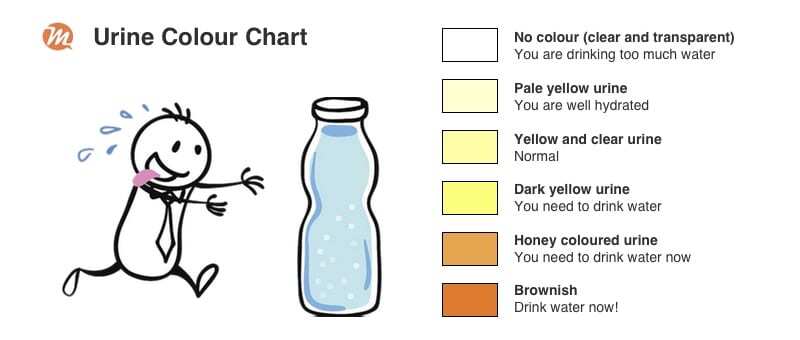Water is often heralded as the elixir of life, but excessive consumption can lead to perilous consequences. The quest for hydration can spiral into a dangerous territory known as water intoxication or hyponatremia, a condition that occurs when the balance of electrolytes in the body is disrupted by an overabundance of water. As individuals increasingly embrace health fads promoting high water intake, it becomes imperative to understand the ramifications of such practices.
The genesis of water intoxication lies in the simple fact that the human body requires a delicate balance of water and electrolytes to function optimally. When one inundates themselves with water beyond their kidneys’ ability to excrete, it dilutes sodium levels in the bloodstream. Sodium is crucial for nerve function and muscle contraction. Its dilution can lead to cerebral edema, or swelling of the brain, which presents a plethora of complications ranging from mild headaches to severe neurological impairments.
Signs and symptoms of this condition can manifest subtly at first. Mild cases may exhibit lethargy, nausea, or irritability. However, as the condition exacerbates, more severe symptoms emerge, including confusion, seizures, and, in the gravest scenarios, coma or death. Understanding the spectrum of symptoms is pivotal in recognizing potential overhydration.
Moreover, not all individuals experience hydration in the same manner. Factors contributing to hydration needs include physical activity levels, environmental conditions, and overall health status. Athletes and individuals in hot climates often require more fluids; yet, they too must be cognizant of their limits. Hyperhydration can occur during prolonged endurance events if individuals consume large quantities of water without adequate electrolyte replacement. This phenomenon highlights the necessity for balanced hydration practices, especially in high-stakes environments.
Prevention is vastly preferred over treatment when it comes to overhydration. The general guideline of eight 8-ounce glasses of water daily—the “8×8” rule—can serve as a useful benchmark, but it’s essential to listen to one’s body. Thirst should be the primary indicator of hydration needs, and one must recognize that excessive intake, particularly in a short timeframe, is counterproductive.
In conclusion, while water remains an indispensable component of health, the adage “too much of a good thing” holds true. Emphasizing moderation and listening to physiological cues can ensure hydration remains a boon rather than a curse. Moving forward, cultivating an informed approach to hydration is crucial, effectively safeguarding oneself against the potential repercussions of overindulgence in this vital resource.
